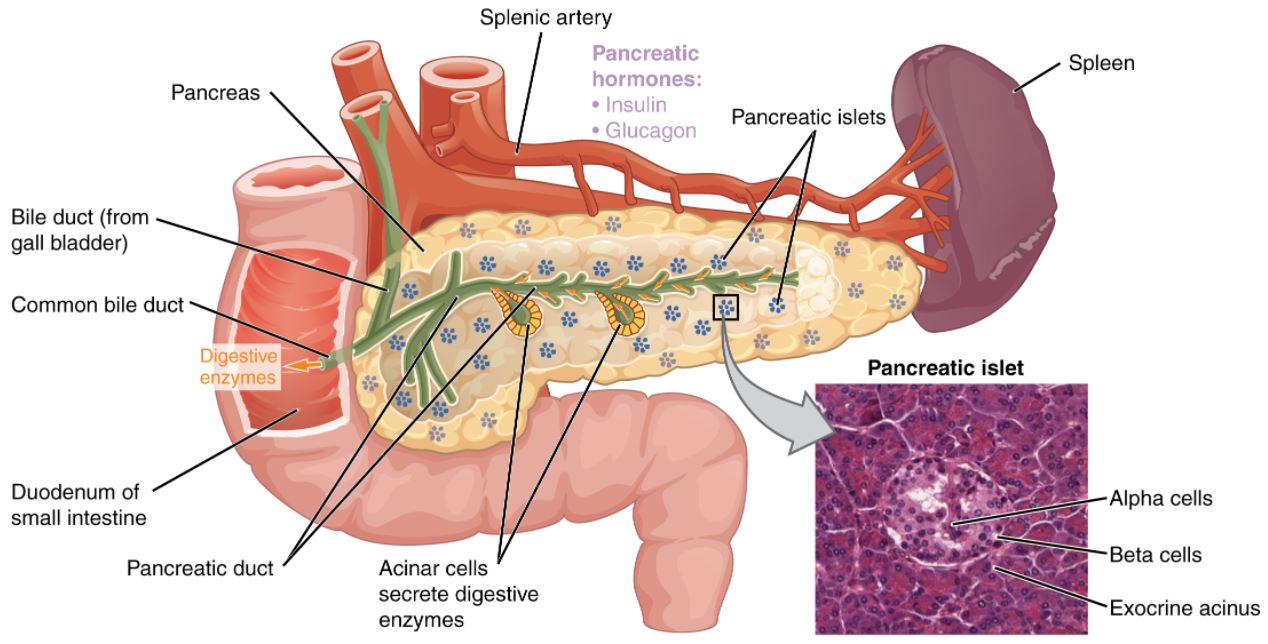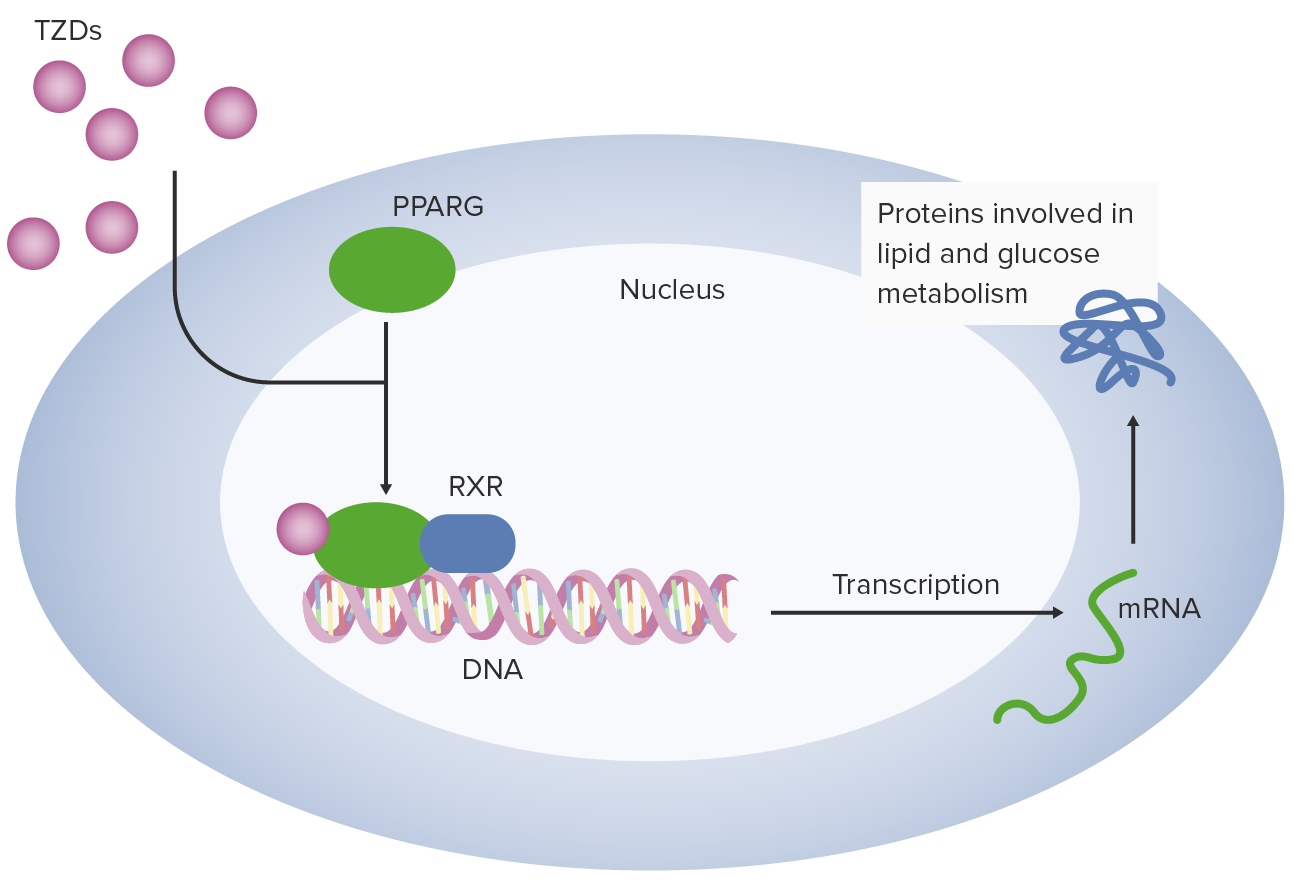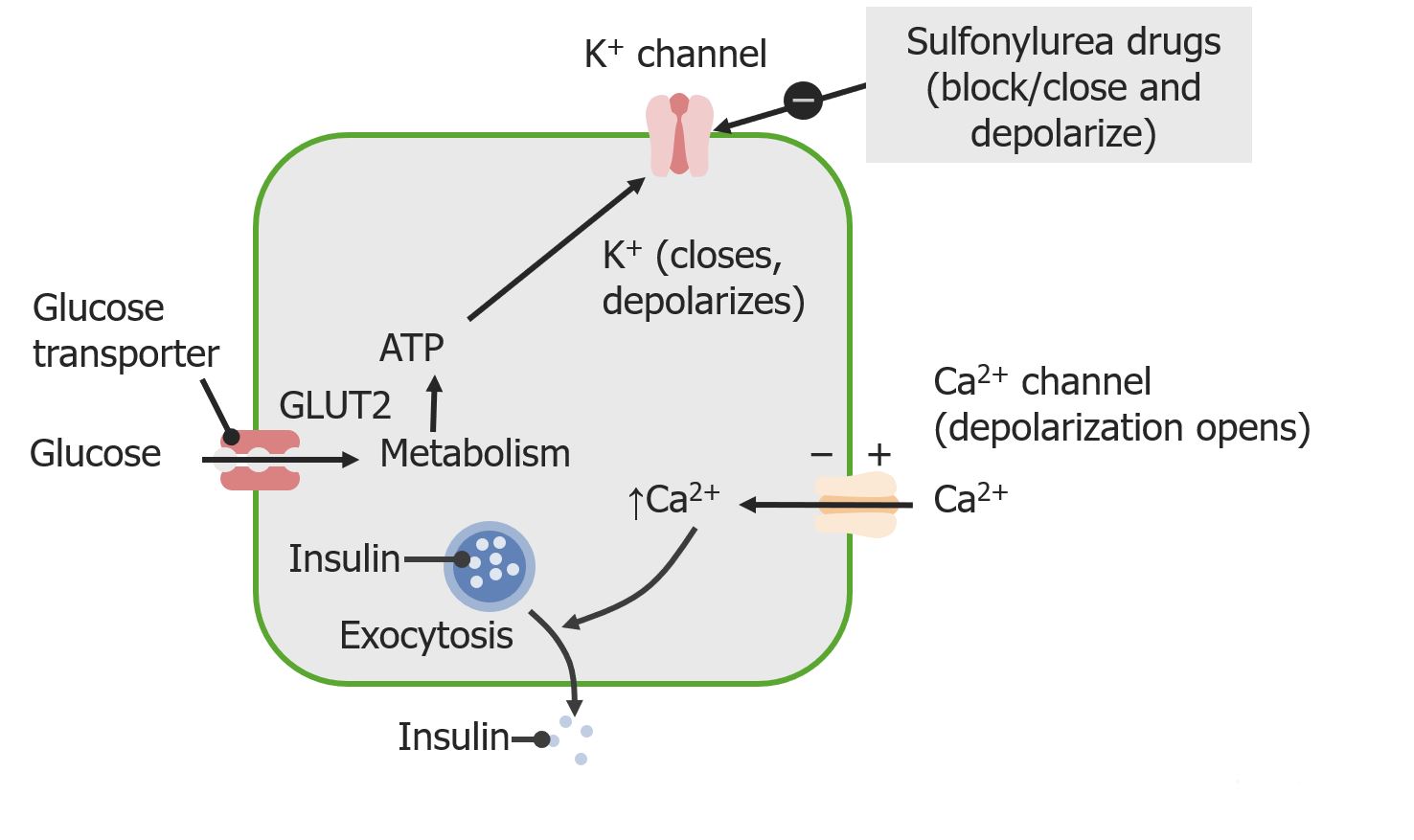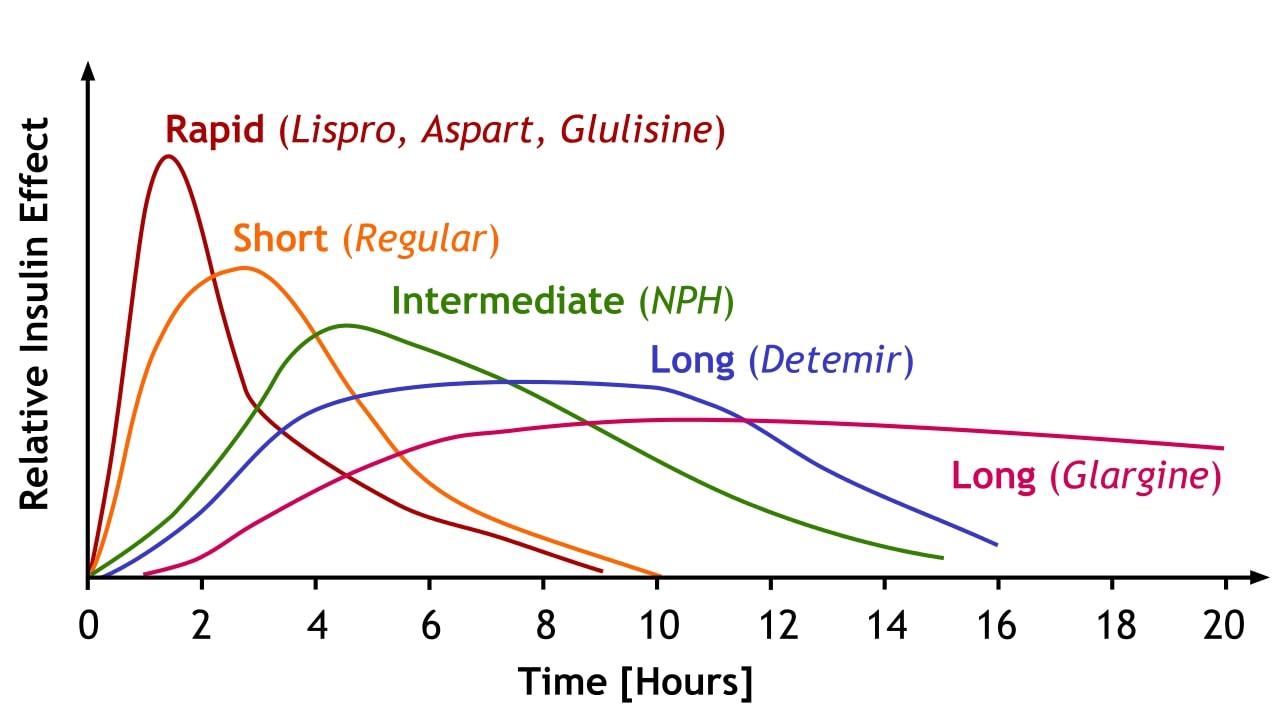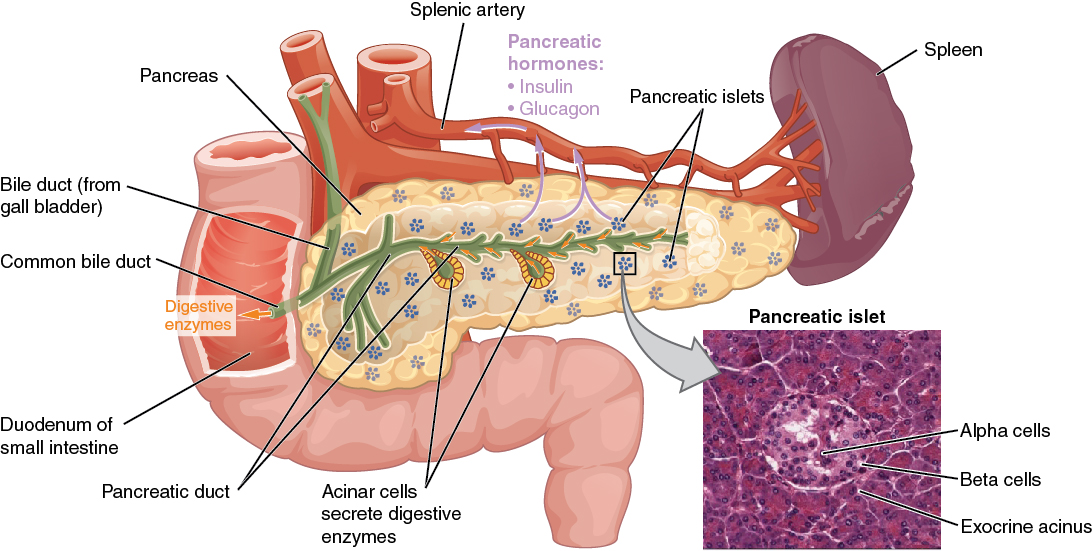Playlist
Show Playlist
Hide Playlist
Diabetic Case: 47-year-old Woman with Pain on Urination, Frequent Urination, and Urine Urgency
-
02-03 Diabetes Mellitus part 1.pdf
-
Reference List Endocrinology.pdf
-
Reference List Diabetes Mellitus.pdf
-
Download Lecture Overview
00:00 In this case, a 47-year-old woman comes to see you with pain on urination, urine urgency, and urinary frequency for 4 days. It is the 3rd time over the past 7 months that she has had these symptoms. She was recently treated for a fungal skin infection. Vital signs reveal a temperature of 36.7, a blood pressure of 110/70, and a pulse rate of 75 beats/minute. Physical examination is unremarkable except that her BMI is 41 kg/m2. Her father has type 2 diabetes mellitus, which is complicated by end-stage chronic kidney disease. Her hemoglobin A1c is found to be 8.5%. After treating this patient's urinary symptoms, what should you do next? So in reviewing this case, she has frequent infections, a positive family history for type 2 diabetes, and a very elevated body mass index, and an elevated hemoglobin A1c. All these features are suggestive of a new diagnosis of type 2 diabetes. We must, however, confirm the diagnosis by repeating her hemoglobin A1c. 01:16 Rechecking the hemoglobin A1c is the next step and if it is elevated one is able to make the diagnosis of type 2 diabetes mellitus. Diabetes mellitus is the diagnostic term applied to people satisfying one of any of the diagnostic criteria of elevated random glucose plus symptoms or a fasting glucose, a positive oral glucose tolerance test, or an elevated hemoglobin A1c. All of these 3 lab tests require confirmation with a repeat test preferably with the same diagnostic test. This would also be the best answer on standardized testing. So for example, in this particular case when we choose to confirm the diagnosis of this patient's diabetes, we choose a repeat of her hemoglobin A1c rather than an oral glucose tolerance test or checking a fasting glucose. Clinically it wouldn't be wrong to confirm the diagnosis using a different test and as long as the fasting plasma glucose was greater than 126 mg/dL or the hemoglobin A1c was greater than 6.5%, you can confirm the diagnosis. This would unlikely to be a correct response on a standardized test. So the conclusion to this case is to recheck her hemoglobin A1c to confirm her diagnosis of type 2 diabetes.
About the Lecture
The lecture Diabetic Case: 47-year-old Woman with Pain on Urination, Frequent Urination, and Urine Urgency by Michael Lazarus, MD is from the course Diabetes Mellitus.
Included Quiz Questions
Which of the following would be an appropriate alternative to repeating the HbA1c test twice for diagnosing type 2 diabetes mellitus?
- Plasma glucose level after a 2-hour 75-g oral glucose tolerance test result of greater than or equal to 200 mg/dL
- Fasting plasma glucose level of 100–125 mg/dL
- Random plasma glucose level of 140–199 mg/dL
- C-peptide level greater than twice the upper limit of normal
- Anti-islet cell antibodies
Which of the following is the cutoff of HbA1c for diagnosing type 2 diabetes mellitus?
- 6.5%
- 8.0%
- 5.7%
- 9.0%
- 5.5%
After treating the UTI, what is the best next step in management for the following case? A 47-year-old woman presents with pain on urination, urinary urgency, and increased frequency for 4 days. This is the third time over the past 7 months that she has had these symptoms and was recently treated for a fungal skin infection. Family history: Father has type 2 DM complicated by end-stage chronic kidney disease. Physical examination: Temperature of 36.7°C (98.0°F), blood pressure of 110/70 mm Hg, pulse of 75 beats/min, and a BMI of 41 kg/m2. Laboratory test result: HbA1c is 8.5%.
- Recheck HbA1c to confirm the diagnosis (>6.5%)
- Order fasting glucose test (with a repeat test to confirm level > 126 mg/dL)
- Order random glucose test (with a repeat test to confirm level > 200 mg/dL)
- Perform postprandial glucose test (to check for level > 200 mg/dL)
Customer reviews
5,0 of 5 stars
| 5 Stars |
|
1 |
| 4 Stars |
|
0 |
| 3 Stars |
|
0 |
| 2 Stars |
|
0 |
| 1 Star |
|
0 |
Como puedo saber cuando fué la fecha de publicacion del video ? tenía esa duda

